

Joeline Norgaard was 42 when she began feeling pain in her breast. Concerned, she spoke with her doctor, who took her symptoms seriously and referred her for a mammogram at a local imaging clinic in 2020.

However, when the Oakville, Ont., resident arrived, she said she was met with a chilly reception from one of the technicians.
“I was getting this distinct sense that it was almost skepticism. And she actually asked me towards the end of my procedure as to why I was there, as if I was wasting their time,” Norgaard told Global News.
In Canada, national guidelines recommend that women without known risk factors begin regular mammograms at age 50. Norgaard wasn’t considered high-risk: she was healthy, had no family history of breast cancer and her only symptom was the pain. Yet despite these guidelines, she felt compelled to act on her body’s signals, trusting that potential early detection was worth any skepticism she might face.
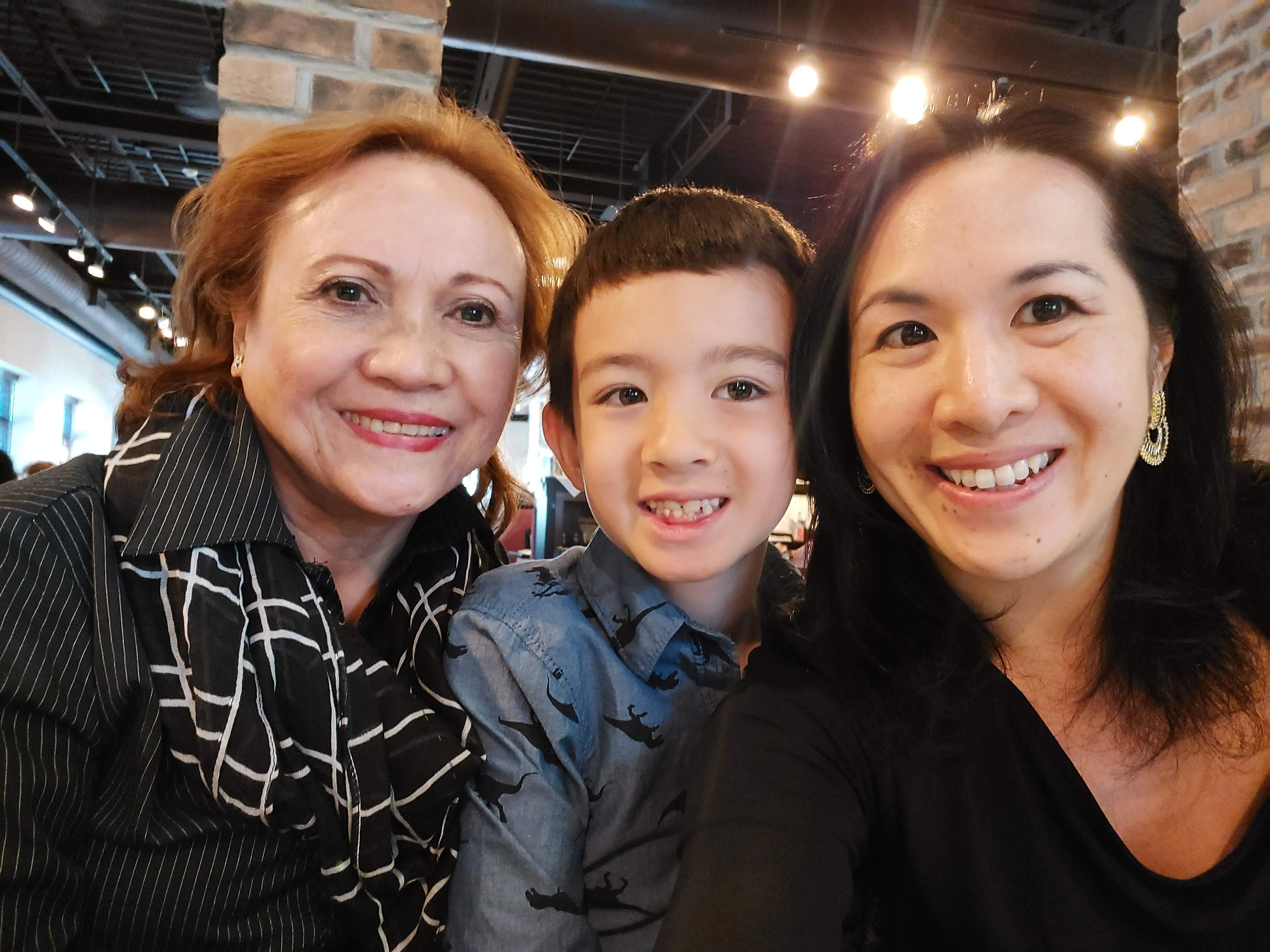 View image in full screen
View image in full screen
Although that initial scan showed no concerning results, two years later, Norgaard felt a large lump in her right breast and received the diagnosis she’d feared: breast cancer.
“The official diagnosis was invasive ductal carcinoma. And I was just in absolute shock; I was blindsided,” she said, adding that during her cancer journey, she had to self-advocate several times to ensure she received the support and treatment she needed.
Norgaard is one of the many Canadians affected by breast cancer; in 2024 alone, more than 30,000 women in the country were newly diagnosed with the disease.
Breast cancer is not only the most common cancer among Canadian women but diagnoses in adults under 50 are also on the rise.
With rising breast cancer rates among younger women, groups like the Canadian Cancer Society and some provinces recommend starting self-referral for mammograms at 40. However, the Canadian Task Force on Preventive Health Care still sets national screening standards at age 50.
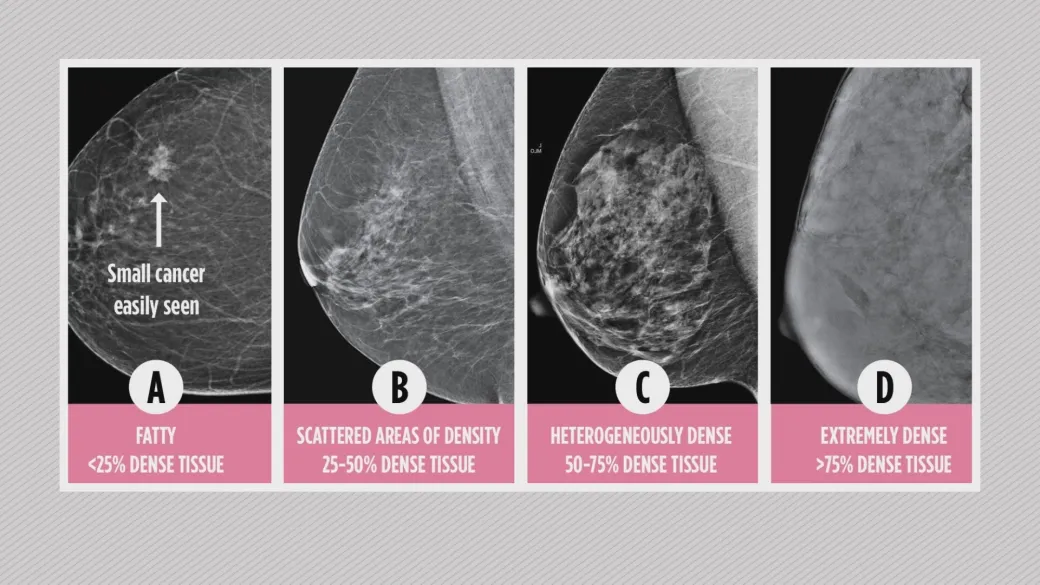
This discrepancy means that women in their 40s may need to advocate for themselves, experts say, as doctors and technicians may still follow the task force’s recommendations.
“Self-referral doesn’t mean that women are not going to face barriers,” said Jennie Dale, the executive director of Dense Breasts Canada. “Health-care providers may still perpetuate the messaging from the national guidelines, which say 50.”
Although the task force sets national guidelines, it is ultimately the provinces and territories that say when screening should begin — and many have already lowered the beginning age to 40.
Some provinces now allow self-referral at age 40, meaning women can get a mammogram without a doctor’s requisition, while other provinces still require a doctor’s note.
Self-referral for a mammogram is allowed at age 40 in many provinces and territories — British Columbia, Ontario, Nova Scotia, New Brunswick, P.E.I., and Newfoundland and Labrador — with Saskatchewan soon joining the list.
Manitoba plans to lower the self-referral age to 45 by the end of 2025, and Alberta says regular mammograms are recommended for women aged 45 and up.
“We have a situation where fortunately most of Canada is moving towards self-referral,” Dale said. “And in the rest of the country, even if they don’t have self-referral, women are still allowed to get a mammogram with a requisition.”
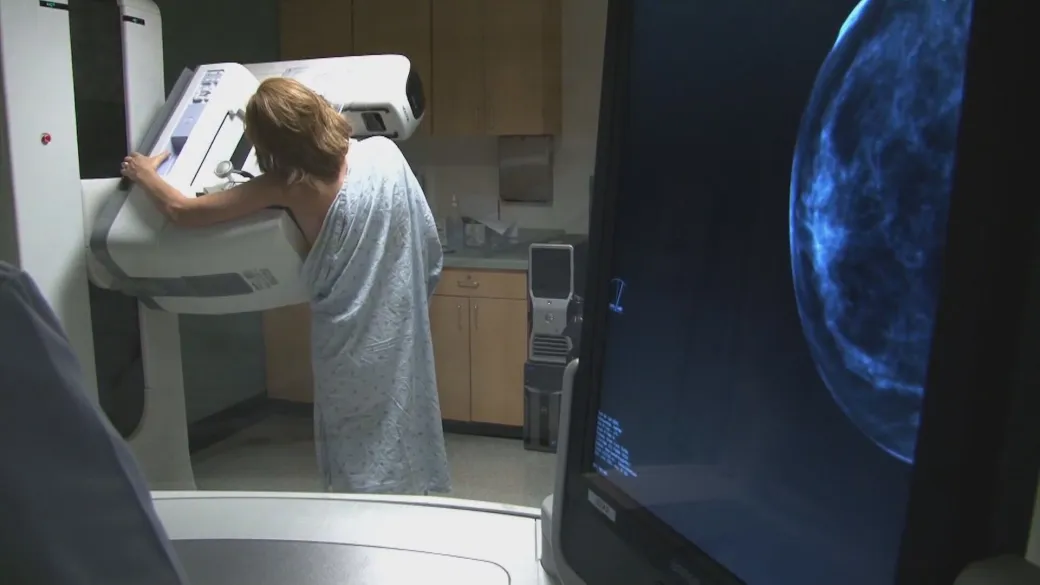
However, she is concerned that, despite this option being available, the lack of a national standard may confuse physicians and patients.
Speaking at a House of Commons committee meeting on Oct. 21, Dr. Paula Gordon, a clinical professor of radiology at the University of British Columbia, stated that despite many jurisdictions lowering their breast screening age to 40, many women are still unaware.
“Even with all this progress, many women are still unaware they can self-refer and family doctors, who trust the task force, are not telling women about screening, and if they do, it’s often to discourage it,” she said.
“Women should receive an invitation letter on their 40th birthday informing them that they can now have screening mammograms. Currently, only Alberta sends invitations at age 45. ”
The task force said it holds firm on its position not to lower the recommended due to concerns of over-diagnosis and unnecessary biopsies. The guidelines indicate that screening at a younger age may result in unnecessary treatments and anxiety surrounding imaging callbacks.
But Norgaard, who showed no significant early symptoms of breast cancer and only discovered the tumour once it had grown, wonders why Canada’s national standards aren’t lowered to 40, allowing earlier potential detection for patients like her.
“If we’re hearing that the 30- and 40-year-old demographic is seeing an increase in breast cancer, then it doesn’t make sense to have women receive their first screening at the age of 50,” she said. “And tumours don’t grow overnight. It takes years for a tumour to become a detectable mass. But early detection is key.”
Around 13 per cent of breast cancer cases in Canada occur in women aged 40 to 49, according to the Canadian Cancer Society, highlighting the importance of mammograms, which can detect cancerous tumours two to three years before they can be felt.
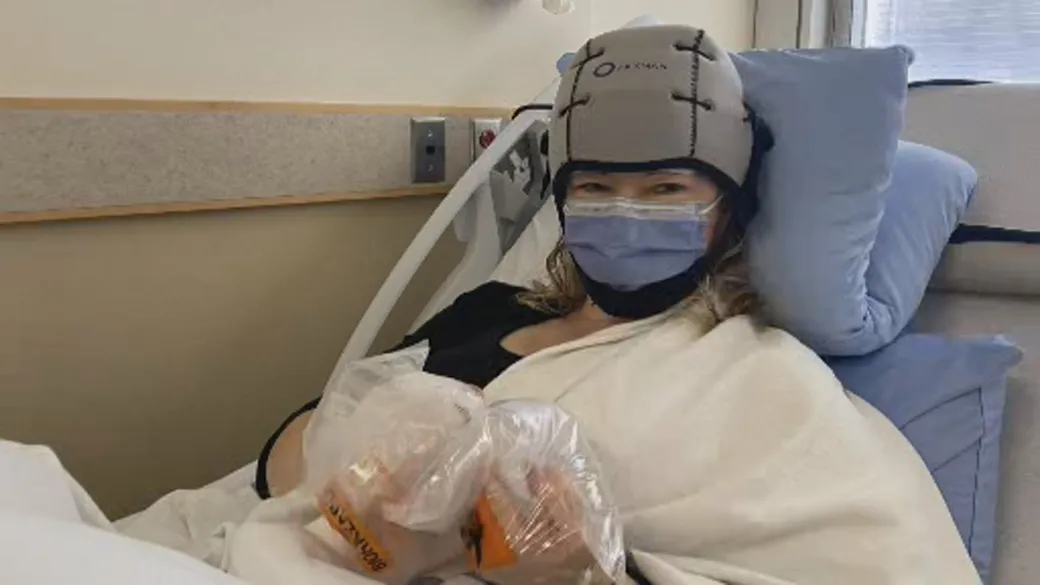
“Cancers in younger women grow and spread faster so it’s especially important that we find them earlier,” Gordon said during the committee meeting. “The years of lives saved by screening is greater for women in their 40s than any other decade, yet the task force still recommends that screening starts at age 50, perpetuating avoidable deaths and suffering.”
And this is especially true for women of colour, who are more likely to develop aggressive cancer at younger ages.
But regular mammograms help find cancer early and lower the risk of dying from breast cancer, as well as going through harsh treatments like chemotherapy, said Kimberly Carson, the CEO of Breast Cancer Canada.
“We encourage women to self-refer and take advantage of that because we know that the sooner we catch it the better the outcomes, unequivocally,” she said, “It’s a less invasive treatment. If we catch it at Stage 0 or Stage 1, it’s almost 100 per cent curable. There are just so many benefits to patients when we’re catching it early.”
When Norgaard found the lump in her right breast, her doctor immediately gave her a requisition for an ultrasound and mammogram. However, she said when she arrived at the lab the next day, she was met with a line outside the door and three visibly stressed receptionists.
“When it came to my turn, I was given an appointment … an evening appointment three months out,” she said.
Because of the size of the lump she found, Norgaard said she had a bad feeling that she couldn’t shake. She followed her “gut instinct,” asked to be put on a cancellation list and inquired about getting an earlier appointment, but was only advised to call other labs.
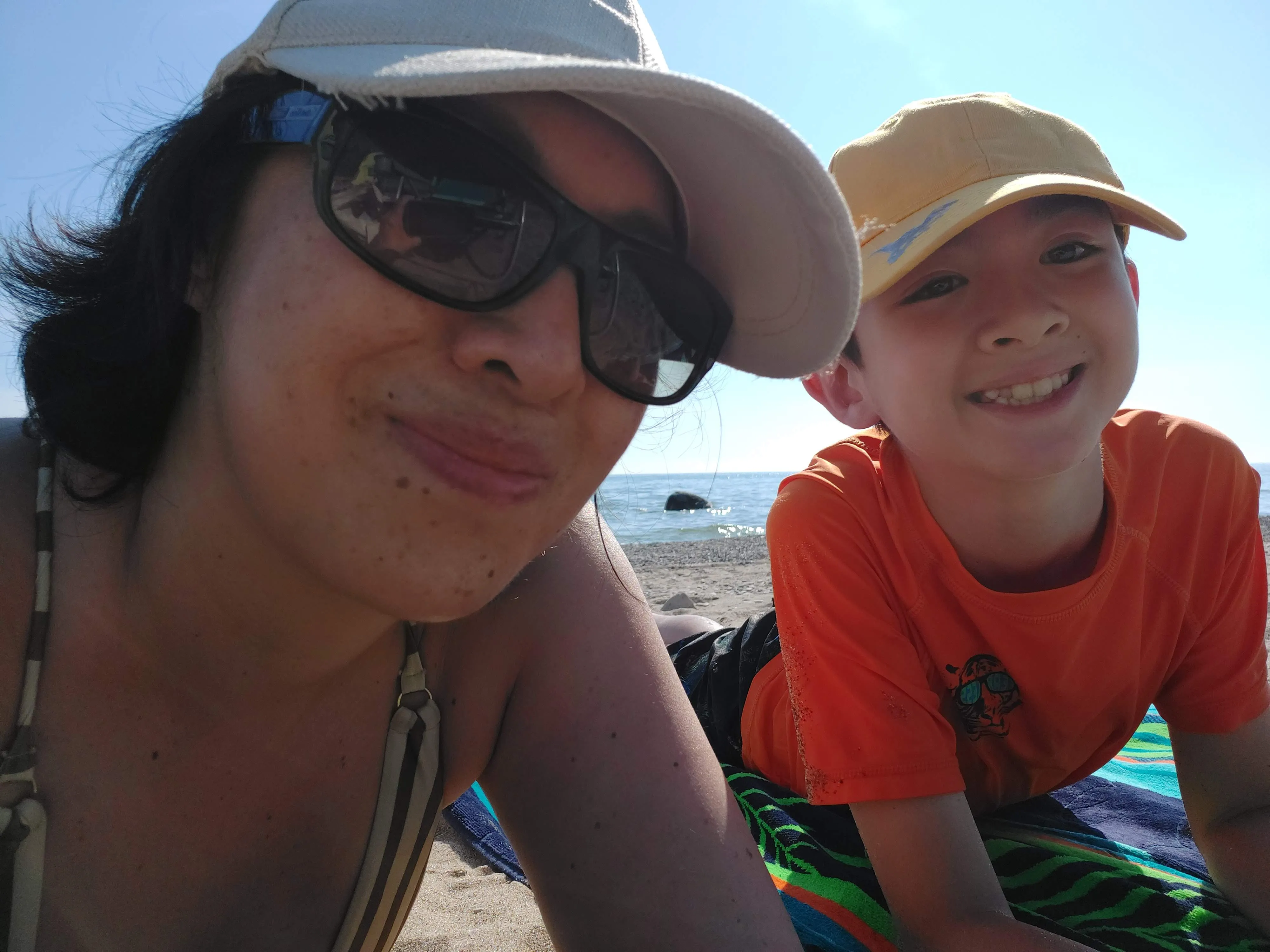 View image in full screen
View image in full screen
Determined, she reached out to several facilities, unaware that not all performed ultrasounds and mammograms. Fortunately, she managed to secure an appointment the next day at a lab in Brampton, 40 minutes away.
“I still think of that receptionist as an angel for fitting me in,” she said, adding that if she had waited three months for her initial appointment, she believes “it definitely would have had an impact and possibly changed the outcome of my journey with cancer.”
Norgaard emphasized the importance of self-advocacy in breast health: ask questions, make suggestions and be an active participant in your care.
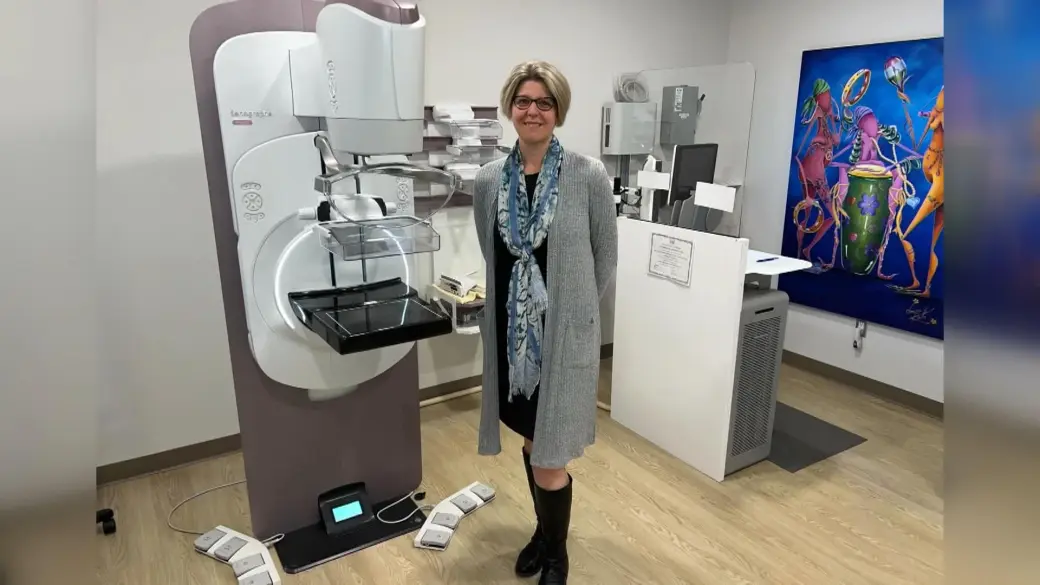
“Don’t be afraid to speak up, if something doesn’t feel right … keep going until you’re satisfied with an answer,” she stressed.
If you want to self-refer or ask your doctor about getting a mammogram, Dale and Carson recommend communicating any concerns you have about your breast health.
If you live in a province where self-referral is available, you don’t need a doctor’s requisition.
You can call or go online to find a nearby imaging place offering mammograms. For example, in Ontario you can call the Ontario Breast Screening Program, in B.C. you can contact the BC Cancer Screening program and in Nova Scotia, you can contact Nova Scotia Breast Screening Program.
Dense Breasts Canada provides a complete list of contacts by province.
If you live in a province that requires a doctor’s referral, Dale suggests educating yourself on the importance of breast screening in your 40s.
“We’re trying to tell women they need to be informed on their own,” Dale said. “Their doctor may be following the national guidelines and will be potentially dismissive. And that’s why you may hear that you don’t need to start until you’re 50.”
If you are feeling dismissed, she said to tell your health practitioners, “I want to find breast cancer early and screening is about early detection. I have a family that relies on me. I matter to many people and I matter to myself. And I want the best chance of finding breast cancer early.”


